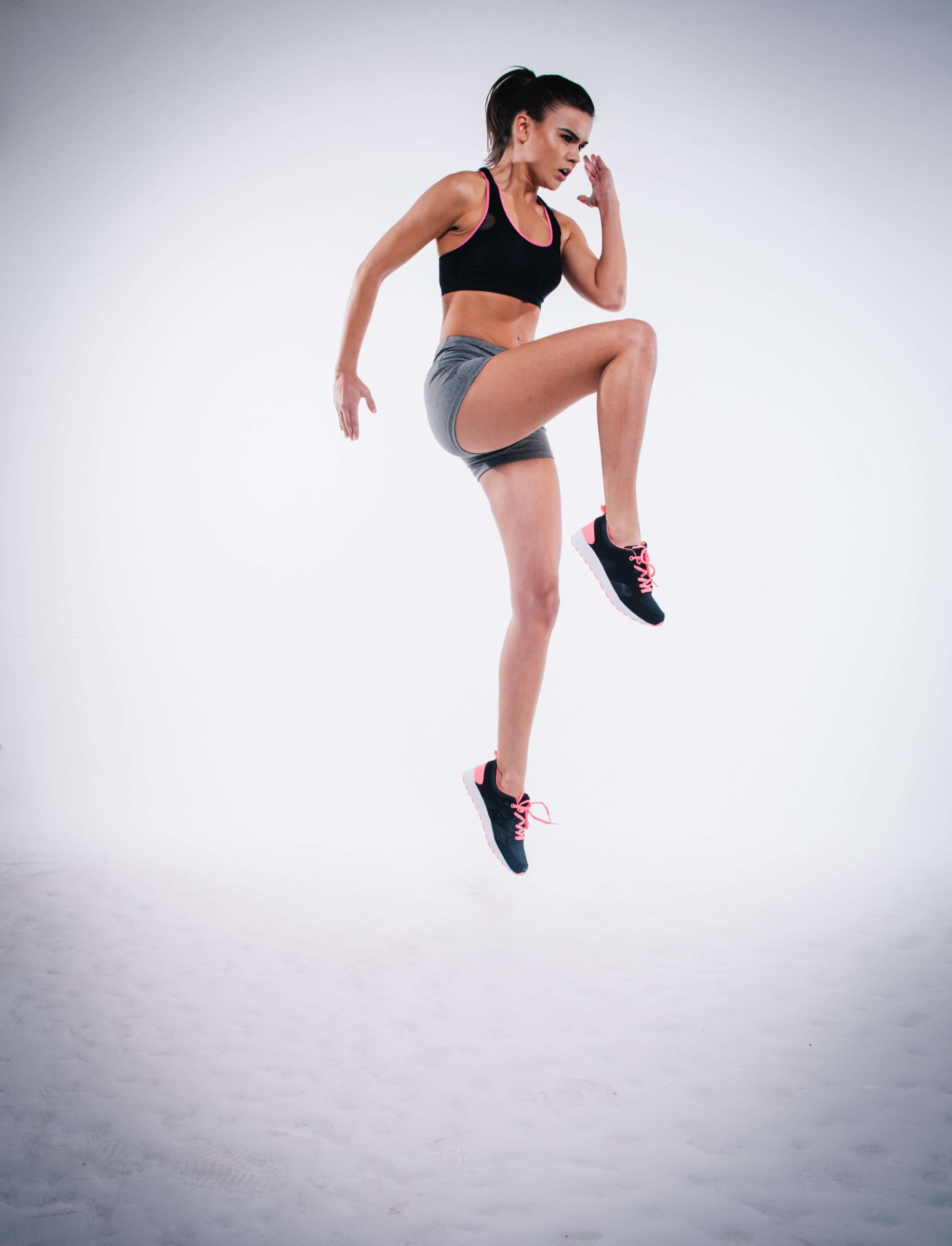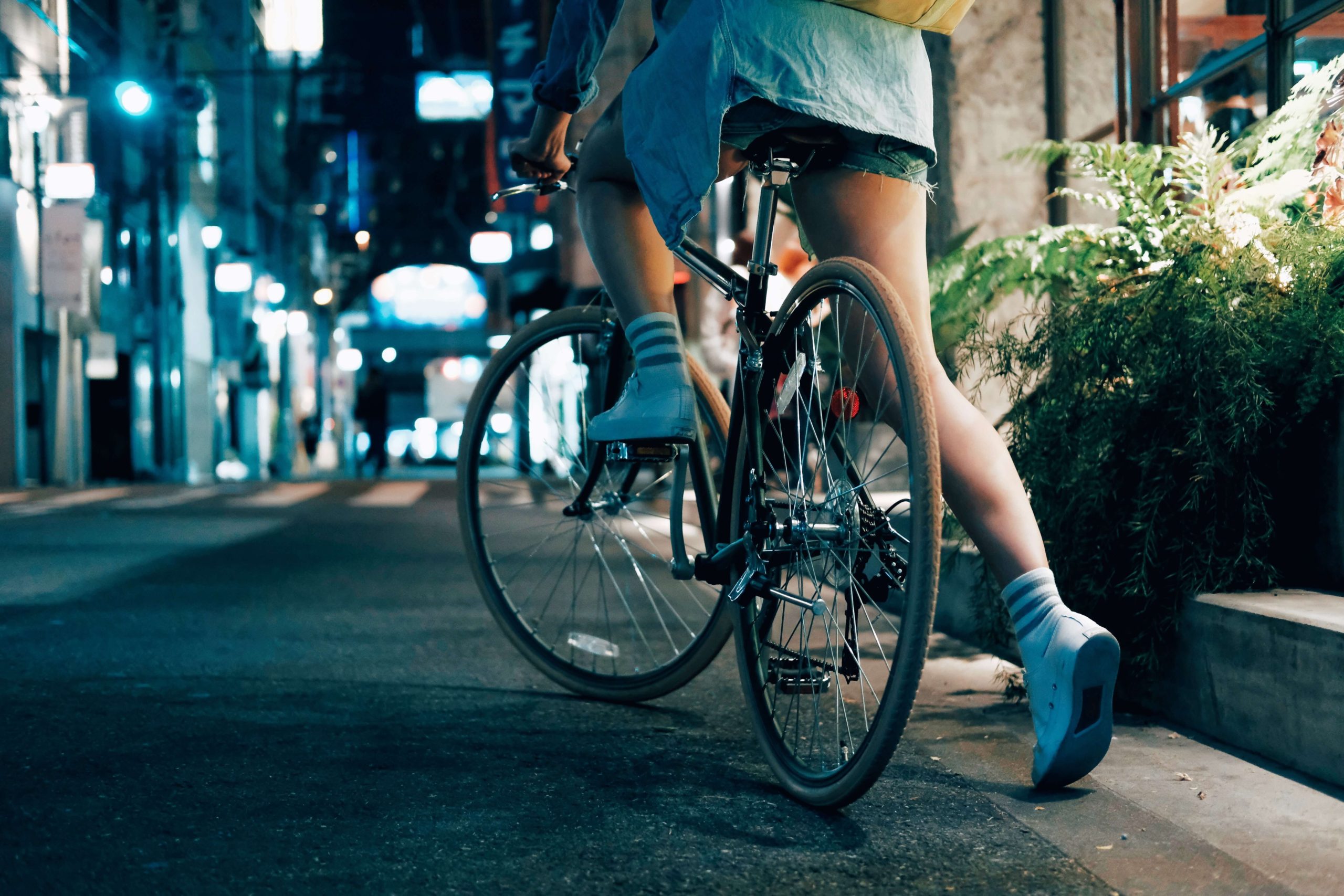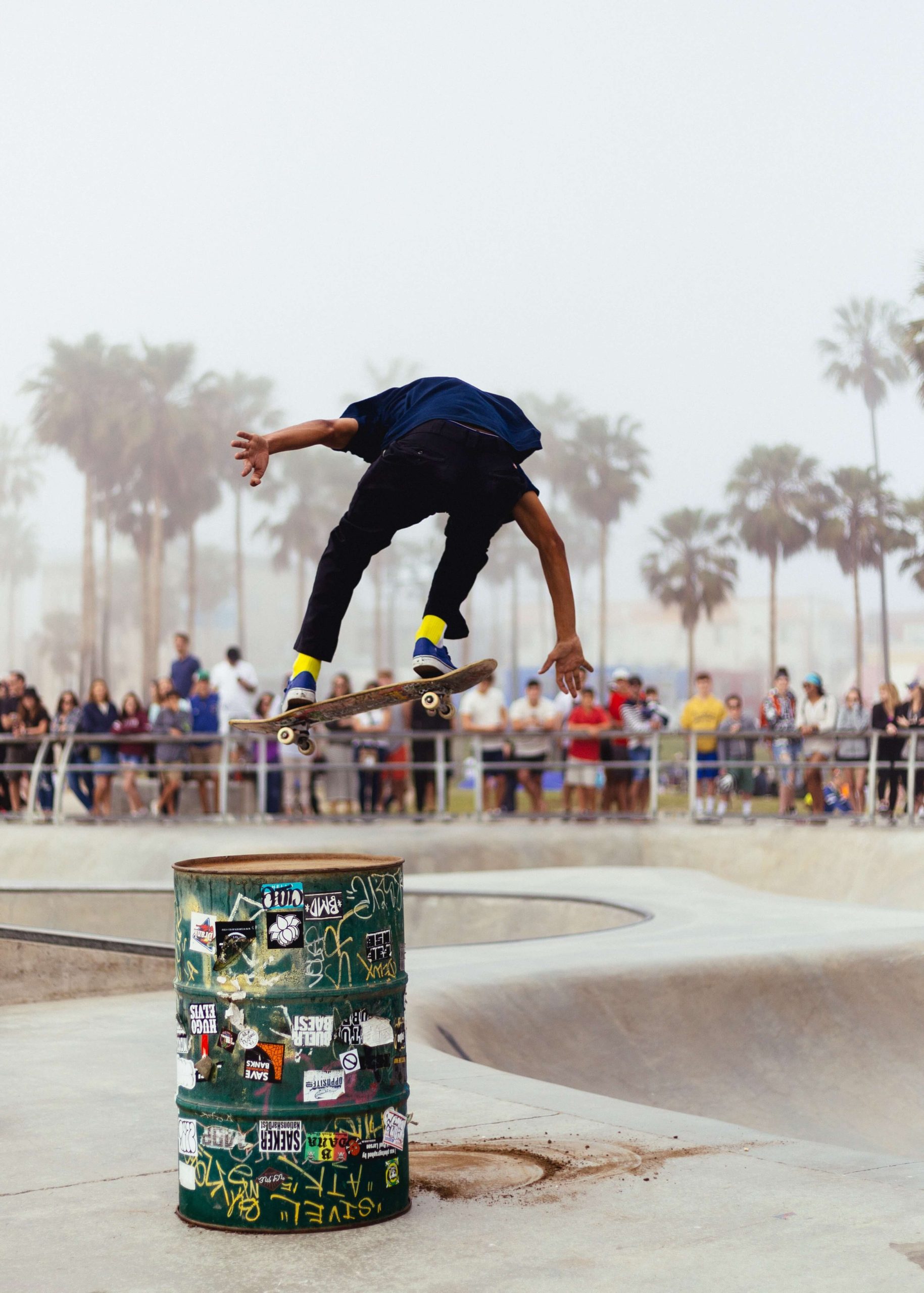Top tips for shoelaces and sport
Athletics, running and jogging
Sports activities require resilient shoelaces due to the pressure put upon laces during activities such as athletics, running jogging and gym activities. A high quality shoelaces can make a huge difference when training and many lacing techniques can help improve the wearer with support, flexibility and improving the life span of the shoelace. It is also important to ensure your footwear is equipped with the correct shoelace length to reduce the chance of the lace causing issues during training. The right length shoelace can help ensure the user can carry out sports training without the need of the shoelace preventing them from training efficiently.
These are our top tips for using shoelaces with running, jogging and gym activities.
- The Criss Cross lacing technique can reduce the pressure points of the footwear because the lace will sit between the sides of the shoe.
- Straight bar lacing can reduce pressure of the shoelaces on the ridge of the foot.
- Using flat shoelaces can provide better comfort during sports.
- Rope shoelaces can provide more flexibility of a shoe during training.
- Gap lacing can remove pressure from sensitive areas of the foot during sports activities creating a gap between the bruised or damaged area.
- For damaged or sensitive ankles lace the shoelaces to the second from top eyelet, this will help remove pressure from the ankle.
- Many sports wear trainers will include additional eyelets at the top of the shoe. These eyelets can provide extra support when laced.
- Double knotting the shoelace can provide a tighter knot to prevent the footwear from slipping.
- For evening jogging it is recommended to use reflective shoelaces for extra visibility at night.

Shoelaces when Cycling
It is important to ensure your footwear is correctly laced when cycling preventing any slippage from the shoe. A high quality correctly laced shoe can provide extra support, less slippage and ensure a more comfortable cycle.
- Tuck the shoelace inside the shoe at the top of the eyelets, this can help prevent the shoelace from becoming loose and getting caught in the chain and crank area of the cycle.
- Criss cross lacing can provide a tighter lace for extra strength with pedalling.
- Criss cross lacing is also a stronger form of lacing and prevent the shoelace from tearing.
- Tape can be used to tape the shoelace to prevent the lace from coming loose from the shoe.

Shoelaces when Skateboarding
Skateboarding puts shoelaces under extreme pressure due to the nature of the sport. Shoelaces are prone to snap and break due to being rubbed against the grip tape on the deck. Skateboarding also require the rider shoe to be firmly laced to support the ankle during the sport. A tightly laced trainer can enable the skater to have more control over the board.
- Criss cross lacing can sometimes provide a longer lasting shoelace.
- Ensure the shoelace is firmly laced to provide more stability for the foot.
- Tightly laced shoelaces can provide extra support for the ankle
